The railway was invented in the 1800s, with the UK taking the lead and leveraging the industrial revolution to develop traction power. Moving commodities and bulk materials more quickly, farther apart, and more frequently to support industry was the initial spark. The railway was created through a combination of breakthroughs. Throughout the 19th century, several small-scale improvements in safety and efficiency allowed the UK to create a fully functional transportation network that served the entire world. The railway spurred a lot of spin-off developments, such as the requirement for a common time reference to synchronize network stations. Following are the 5 British Railway and railroad technological innovations:
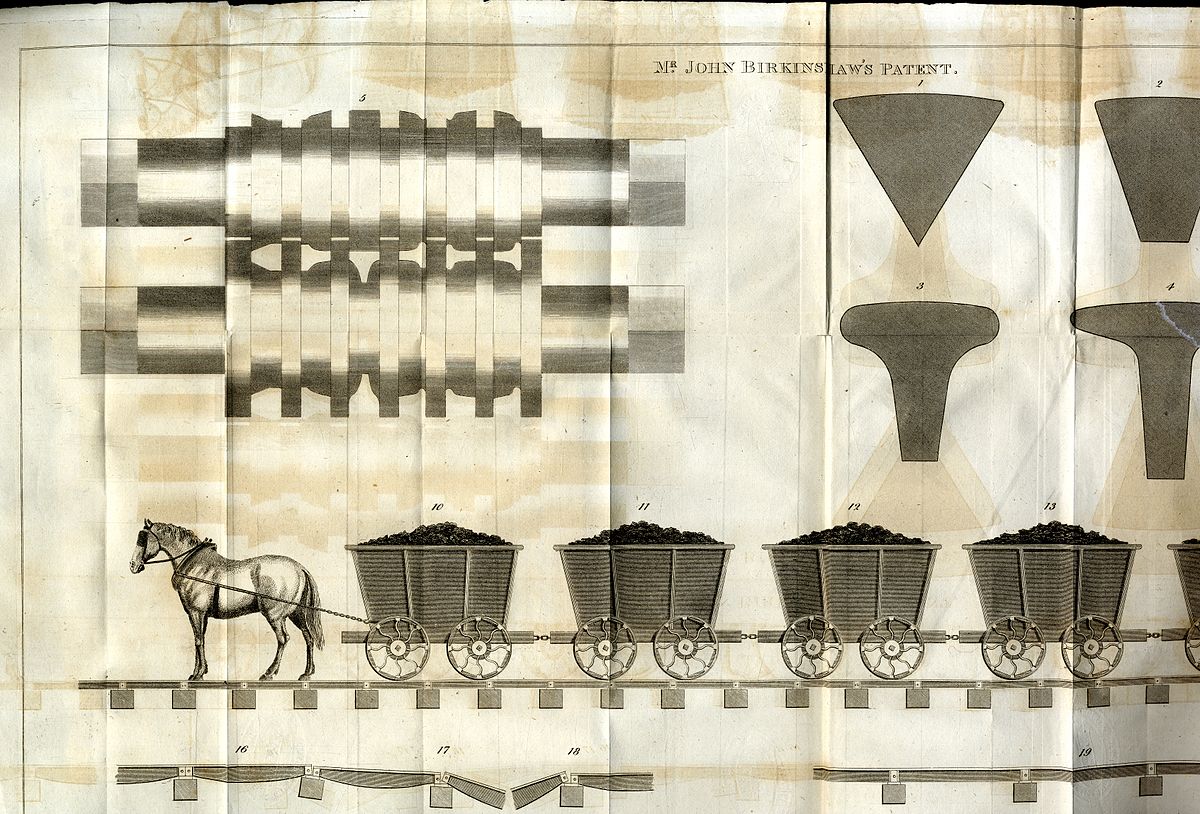
John Birkinshaw Patent; Source: https://www.viperinnovations.com/a-timeline-of-rail-innovation-1800s/
1: John Birkinshaw made wrought iron rails in 1820
It was possible to replace cast iron strap rails and fishbelly rails, which were hazardous, short, and brittle, with more malleable and economically sound products thanks to the invention of technologies that wrought the iron. Longer, safer, and more effective installation and maintenance procedures were brought about by this innovation, supporting the overall development of the railways. The portion of bullhead rail was used the most frequently. To increase the lengths that could be drawn and placed, steel rails were developed in 1857.
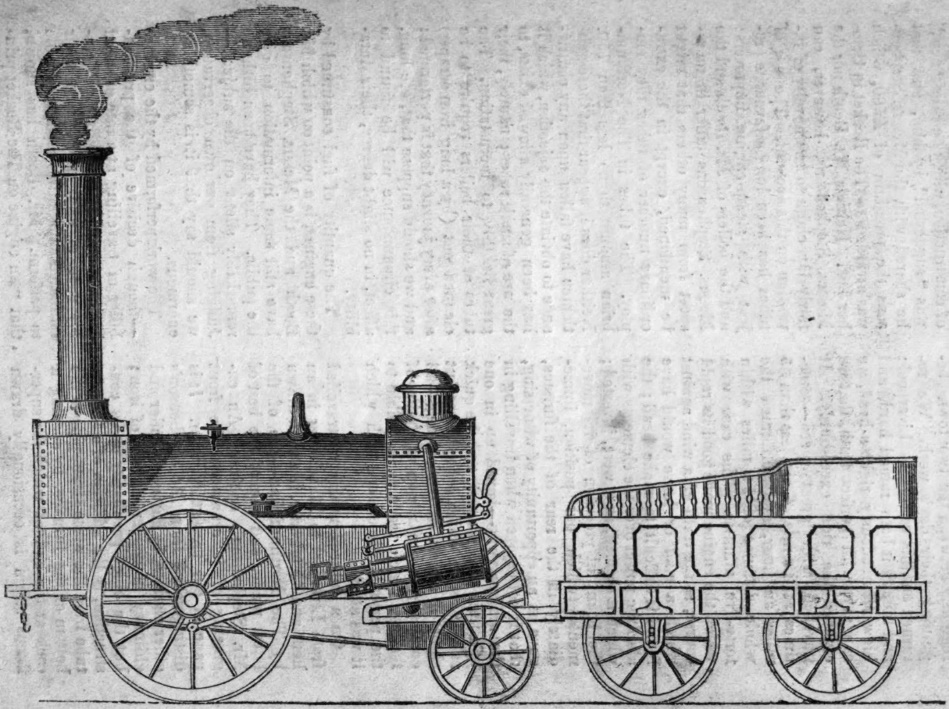
Steam Locomotive; Source: https://en.wikipedia.org/wiki/Northumbrian_%28locomotive%29
2: Steam Locomotive, 1830, by Robert Stephenson
The rack-driven Salamanca and Bucher, created by Matthew Murray, Puffing Billy, and Wylam, preceded Robert Stephenson’s renowned Rocket as the first steam locomotive. Dilly was created by Blackett and Hedley, utilizing adhesion traction on smooth tracks. Still, it was the first to achieve commercial success after winning the Rainhill Trials and convincing the owners to run the Liverpool and Manchester railway with just steam locomotives as power sources. The Rocket served as the model for several design innovations that gave the steam train its recognizable front chimney, tubular boiler, rear firebox, and angled cylinder driving rods for the configuration of the wheels. It was also the first engine built with passengers in mind rather than freight.
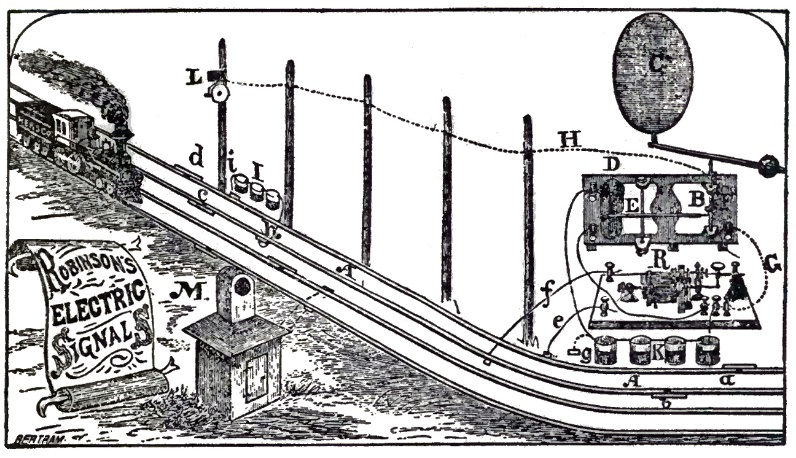
Railway Track; Source: https://commons.wikimedia.org/wiki/File:Track_circuit_Robinson_1874.jpg
3: Track Circuit in 1872 with William Robinson
The block system had the intrinsic difficulty that the signaller had to be aware at all times of whether a train was in a section, which was a serious safety concern and resulted in several accidents due to operational errors and human error. Therefore, it significantly improved safety when a method of detecting all or a portion of a train in a segment was developed. William Robert Sykes used it for the first time at Brixton on the London Chatham and Dover Railway. Still, American electrical and mechanical engineer William Robinson created the failsafe track circuit and implemented it on the Philadelphia and Erie Railroad in 1872.
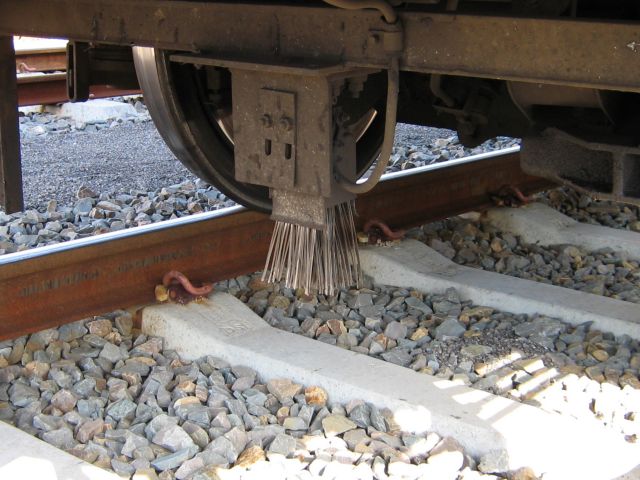
Train Braking Control; Source: https://www.viperinnovations.com/a-timeline-of-rail-innovation-1800s/
4: 1878 – Lartigue and Forest Automatic Train Braking Control
The ability to automatically apply the brakes if the driver did not react to a signal of danger became conceivable with the introduction of automated air or vacuum braking on trains around 1870. (red). The French “Crocodile” system, which provided two levels of control of the train and one to warn of a signal at danger, which in that case a buzzer is heard by the driver and needed to be acknowledged within 5 seconds, was the first mechanical and electrical system developed in a short period. If not, the emergency brake would be engaged, instantly bringing the train to a halt.
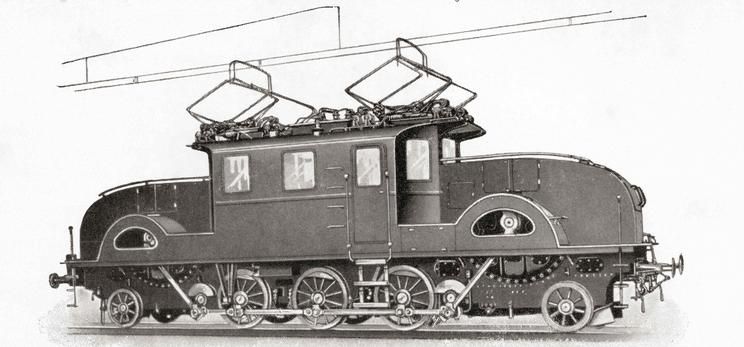
Electrified Railway Track; Source: https://hungary.postsen.com/news/47796/Ernst-Werner-von-Siemens-the-man-behind-the-global-brand.html
5: Ernst Werner von Siemens built the first overhead line electrified railway in 1883.
Southwest of Vienna, over 4.5 km away, was an electric tramway known as the Mödling and Hinterbrühl Tram. It was the first tram and railway worldwide operated by an overhead line that was continuously used when it opened in 1883. A bipolar overhead line and 550 volt DC electric traction were selected. This was changed to a unipolar catenary in 1902 and employed a bow collector type current collector, the ancestor of the UK system used today. Despite an earlier attempt to standardize at 1500VDC in 1929, it wasn’t until 1957 that the UK implemented the first 25KV overhead line system.
